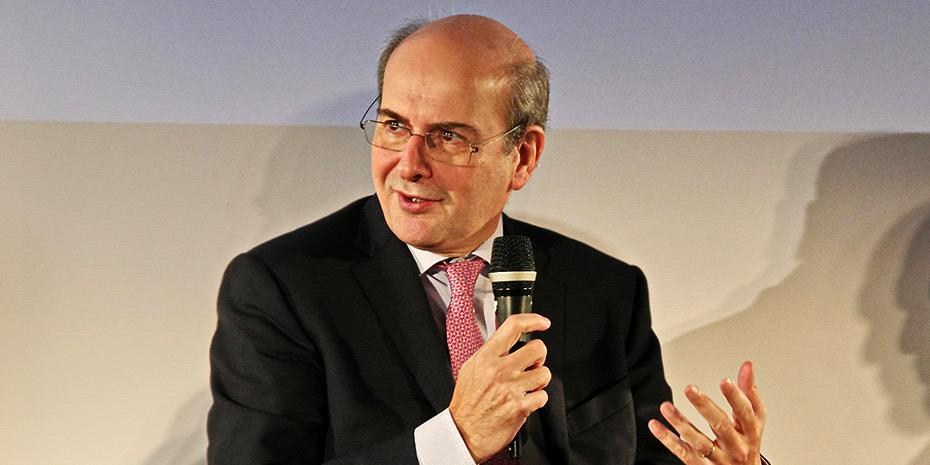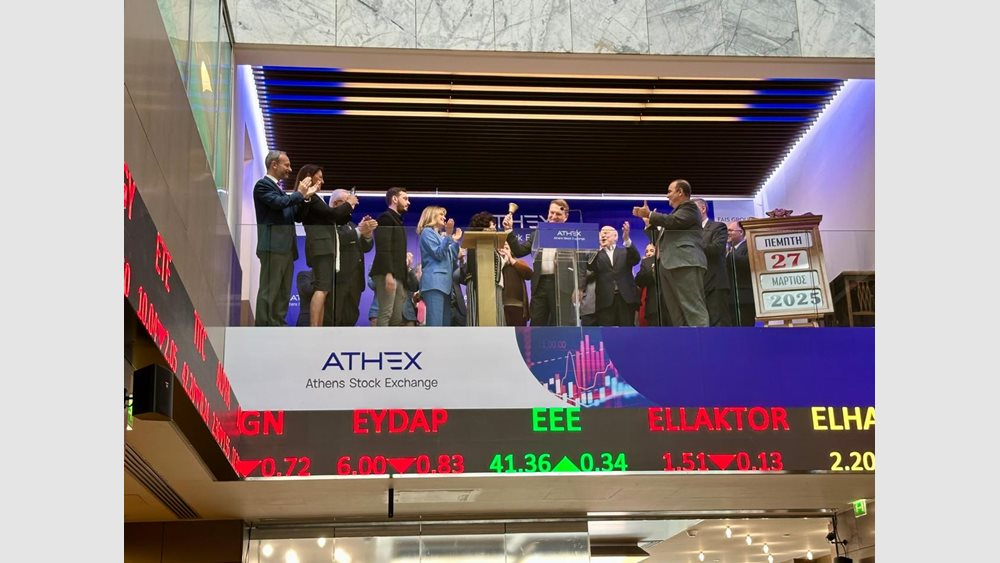
Kostis Hatzidakis, the Minister of Economy and Finance, presented the advantages to the economy from the retrospective revision of the GDP that ELSTAT has carried out today.
He noted, among other things, that due to the revision, it is estimated that the debt-to-GDP ratio improves by about 3.5 percentage points. This means that the repayment of EUR 7.9 billion in GLF loans has almost completely cancelled out the effect of adding EFSF interest to the debt-to-GDP ratio in the past. In other words, the sharp jump in debt in 2032 due to the accounting of the deferred interest on the Memorandum loans (which are recorded annually in the deficit but would then appear in the debt, and now it has been decided to record them gradually from the time they were contracted) is balanced out.
Also, the overall benefit in terms of real GDP per capita growth comes to 0.9%, revised upwards to 8.7% from 7.8% for 2019-23.
In detail, the release said that the estimate of GDP growth of 2.3% for 2023 instead of 2% and investment growth of 6.6% instead of the initial estimate of 4% include the revised data for the years 1995-2022 announced today by the Hellenic Statistical Authority (ELSTAT) as part of the 2nd estimate of the Annual National Accounts for the year 2023.
The changes to STAT's methodology include the usual revisions that are currently being made across the European Union. Some important conclusions arising from the revised data:
- Nominal GDP is revised cumulatively up €5 billion to €225.2 billion in 2023 from €220.3 billion previously.
- Investment increased at a rate of 6.6% in 2023 compared to 4% before the revision. Note that these figures are very close to the 2023 budget estimates of 2.4% real growth and a 7.1% investment growth rate.
- Investment specifically in 2019-2023 grew at constant prices by 53.4% compared to 41.4% previously estimated. In current prices in 2023, they amounted to €34.2 billion compared to €30.6 billion in the previous estimate, up by €3.6 billion. The increase in investment is in any case the highest in the European Union.
- Cumulatively, we had 6.8% real GDP growth in 2019–23 compared to 5.8% previously. Note that the Eurozone had real GDP growth of 3.5% in the same period, less than half that of Greece, and the EU-27 had a 4% rate.
- Upwardly revised growth for each of the years 2019-2023, with an average growth rate of 2% compared to 1.7% previously.
- GDP per capita growth for 2022–23 was revised upwards to 2.8% from 2.5%, the second-best performance in the EU–27. Cumulative real GDP per capita growth was revised upwards to 8.7% from 7.8% for 2019-23.
- Due to the revision, the debt-to-GDP ratio is estimated to improve by about 3.5 percentage points. This implies that, together with the repayment of GLF loans of EUR 7.9 billion, almost all of the effect of any retrospective inclusion of EFSF interest in the debt-to-GDP ratio is absorbed.
Minister of National Economy and Finance Kostis Hatzidakis said: "The upward revision of the ELSTAT data reinforces the picture of an economy on a dynamic growth path, with growth rates that are consistently among the highest in Europe. Of course, no one is claiming that our country has suddenly become an economic superpower. But the economic data show that the Greek economy is making strides forward, boosted by significant investment growth, which according to revised figures has reached 6.6% for 2023. This performance is certainly positive, but it is by no means a reason to rest on our laurels. We must build on this progress and move forward with reforms aimed at a modern and fair economy that boosts incomes, supports entrepreneurship, and provides more opportunities for all."






